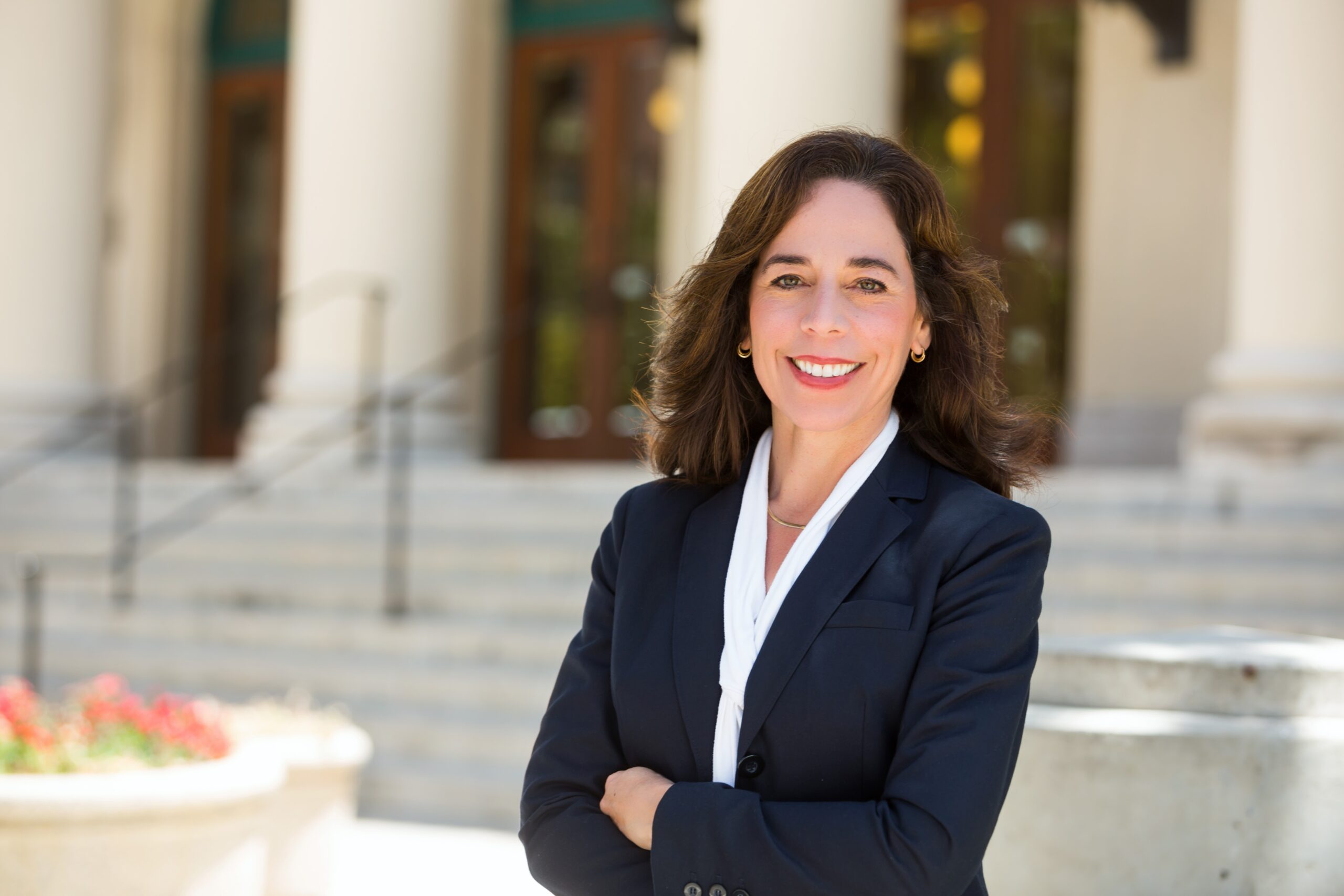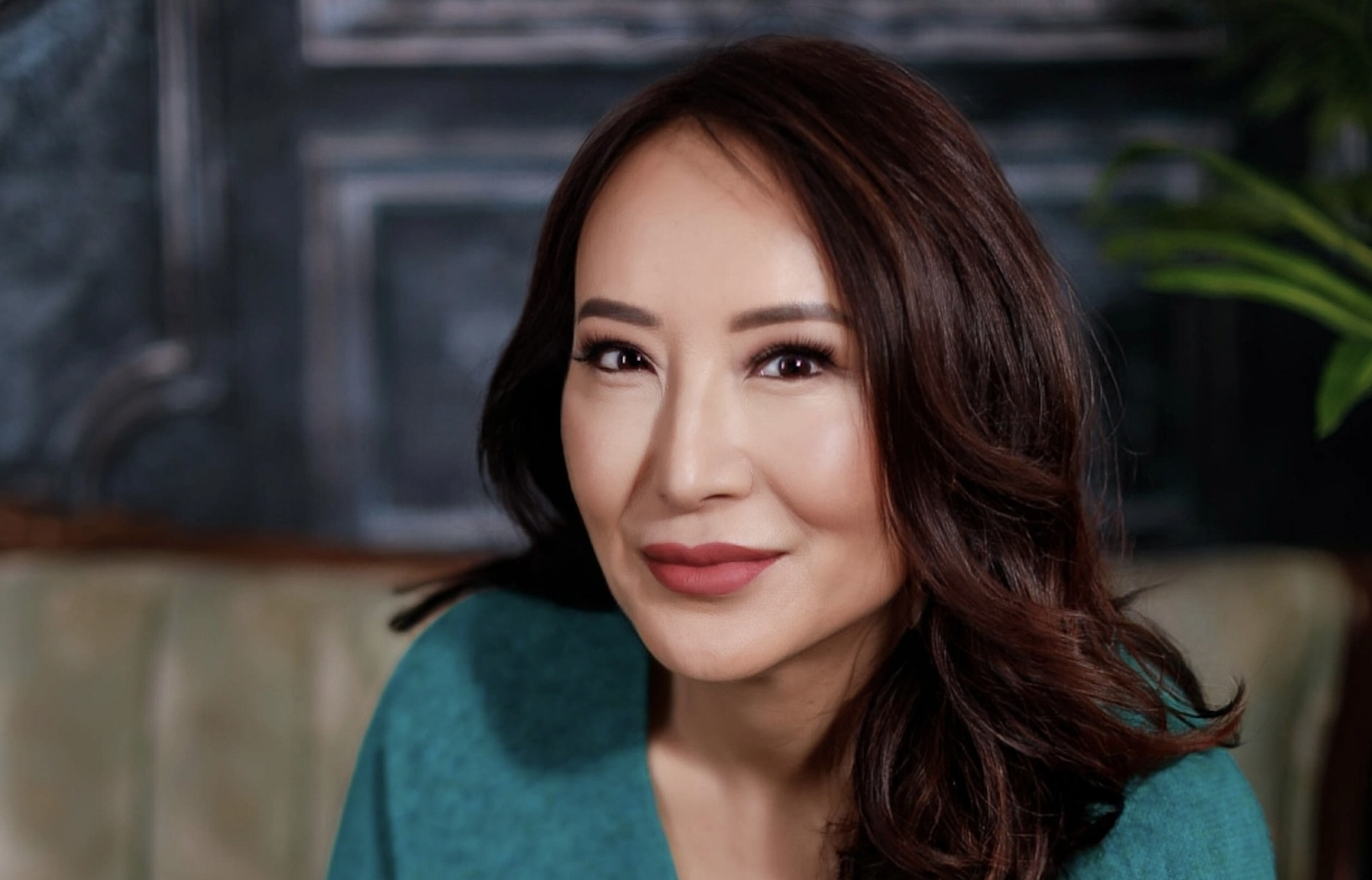
For many people, 2016 was going to be a monumental year. The polls, the media, the public, and both campaign teams were preparing to usher in the first female president. Those disappointed turned their hopes to other ways in which women were gaining in politics.
Trump’s administration features hundreds of women in significant roles, while the Democratic nominee pick raised the profiles of Elizabeth Warren and Kamala Harris. But the 2020 Presidential election is down to two men born in the 1940s. This leads to the question of gender parity in US politics – and what each candidate aims to do about it.
Women in Politics
Despite huge leaps for women in the traditional boys’ club of US politics, the figures remain stark. Just 26% of the Senate seats belong to women, and 23.2% of the House of Representatives. This results in just 23.7% of women in Congress. The Supreme Court is more evenly balanced – with one-third of the Justices being female, and another one about to be added (judge Amy Coney Barrett), despite vehement opposition regarding her ultra conservative stance on gender equality, reproductive freedom and LGBTQ rights. But we still have a long way to go. The first woman to appear on the ticket of a major party didn’t occur until 1984 when Geraldine Ferraro was selected as Democrat Walter Mondale’s running mate.
Making the playing field more does matter – and it does make a difference, especially so close to an election. Biden saw a boost in the polls when he selected Kamala Harris as his running mate. Many feel there is a chance Harris may swoop in and take over sometime before the end of the four-year term if Biden wins. As such, the US election odds include an event for Kamala Harris being the next president, with odds at 101 (100/1).
Biden vs Trump on Women
It’s important to then decipher what each candidate for president plans to do to close the gulf between men and women in high office. Issues that matter most to men and women may sway how someone votes and are also influential in the candidate developing policies to win over undecided voters. Healthcare, gender equality, and race relations are issues that were discovered in 2018 to be of greater importance to women.
Biden aims to ratify the Equal Rights Amendment to enshrine gender equality into the constitution, while also claiming to improve the gender pay gap. The Act would also ban gender discrimination, which would be a key step in improving gender parity. Trump, meanwhile, tried to reverse the Obama law that required companies to report on gender pay discrepancies. The pay gap and prevention of discrimination on grounds of gender would go a long way in bringing more women into positions of power. The Violence Against Women Act was signed into law by President Clinton in 1994, but it was Biden who provided the co-sponsorship (with Republican Orrin Hatch) and gained support for the bill.
For all his misogyny, Trump does have an appeal with the demographic containing suburban white women. His October 15, 2020 town hall at NBC included, among many questions to the President, a preamble by a female voter who told Trump he had a nice smile. This was met well on social media and in the crowd, showing that Trump does still have some of the appeal that won him so many female voters in 2016. Despite suggestions that this voter base has collapsed, there may still be a ‘silent majority’ among them who will vote for Trump again.
Both Trump and Biden have been accused of sexual misconduct, which calls into question their treatment of women in general. While these allegations haven’t amounted to criminal charges, the pall they cast over both candidates may leave may female voters questioning where their vote should go. The fact both candidates have allegations levelled at them is significant as some voters may see the allegations as cancelling each other out – even though Trump has had many more accusers step forward than Biden has.
For the political teams, women aren’t just citizens of the US, but voters, and they make up a significant portion of both sides’ key demographic. So appealing to female voters is not just something each candidate plans to do to help society level up, but to win votes in the short term. Each new administration will bring with it opportunities to elevate women into significant roles, and each new election cycle helps female candidates add to their presence in important roles.

















